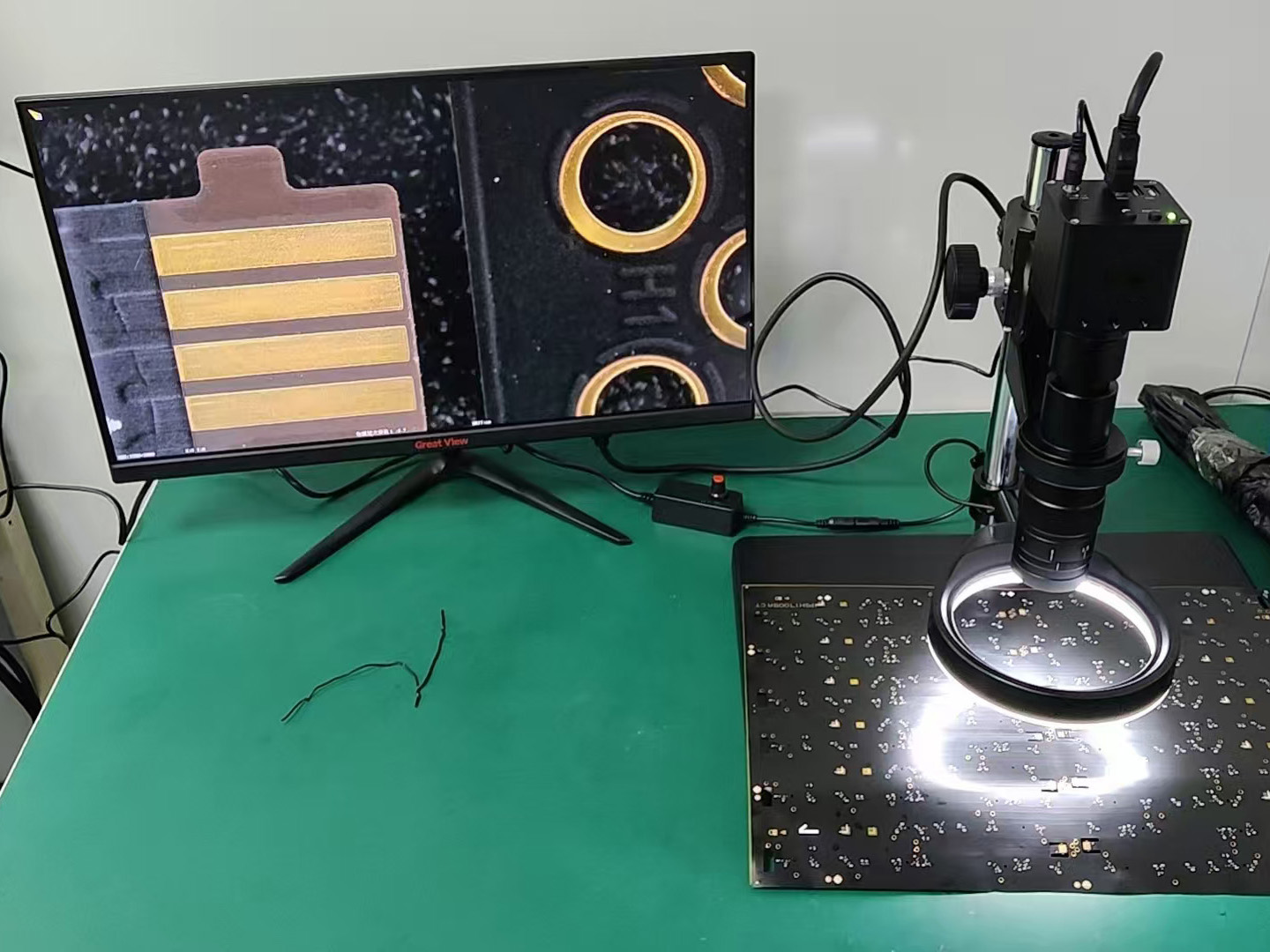Industrial cameras are known for being expensive. Shenzhen Fangtu Technology Co., Ltd. is one of the few domestic companies capable of independently developing industrial cameras. We provide a clear distinction between industrial cameras and ordinary digital still cameras (DSCs):
- Short Shutter Times for Capturing Fast-Moving Objects
Industrial cameras have extremely short shutter times, enabling them to capture clear images of fast-moving objects. For example, if a business card is attached to the blade of an electric fan running at maximum speed, an industrial camera can still capture a sharp image of the card’s text. This is a capability that ordinary cameras cannot achieve due to the intricate technical requirements involved. - Step-by-Step Progressive Scanning Image Sensors
The image sensors in industrial cameras utilize step-by-step progressive scanning, unlike general cameras that rely on interlaced or three-line scanning. Manufacturing progressive scan sensors are challenging, with low yields and limited production quantities. Only a few companies worldwide, such as Dalsa and Sony, are capable of producing these sensors. As a result, progressive scan CCD sensors are expensive, ranging from RMB 4,000 to RMB 30,000. These sensors are essential for capturing fast-moving objects with high clarity. - High Shooting Speeds
Industrial cameras can capture ten to several hundred frames per second, whereas ordinary cameras are limited to capturing only two or three frames per second. This significant difference in speed makes industrial cameras ideal for applications requiring rapid image acquisition. - Raw Data Output and Wide Spectral Range
Industrial cameras output raw image data, which covers a broader spectral range compared to ordinary cameras. This raw output is more suitable for advanced image processing algorithms, such as those used in machine vision applications. On the other hand, general cameras produce images optimized for human visual perception, with a spectral range limited to the visible spectrum. Moreover, their images often undergo MJPEG compression, resulting in reduced image quality.

